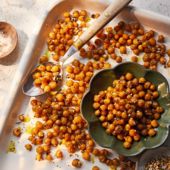Food
A beginner's guide to foraging
by Rachel de Thample
Delicious, wild ingredients are quite literally on your doorstep. Foraging expert Rachel de Thample explains how to find them.
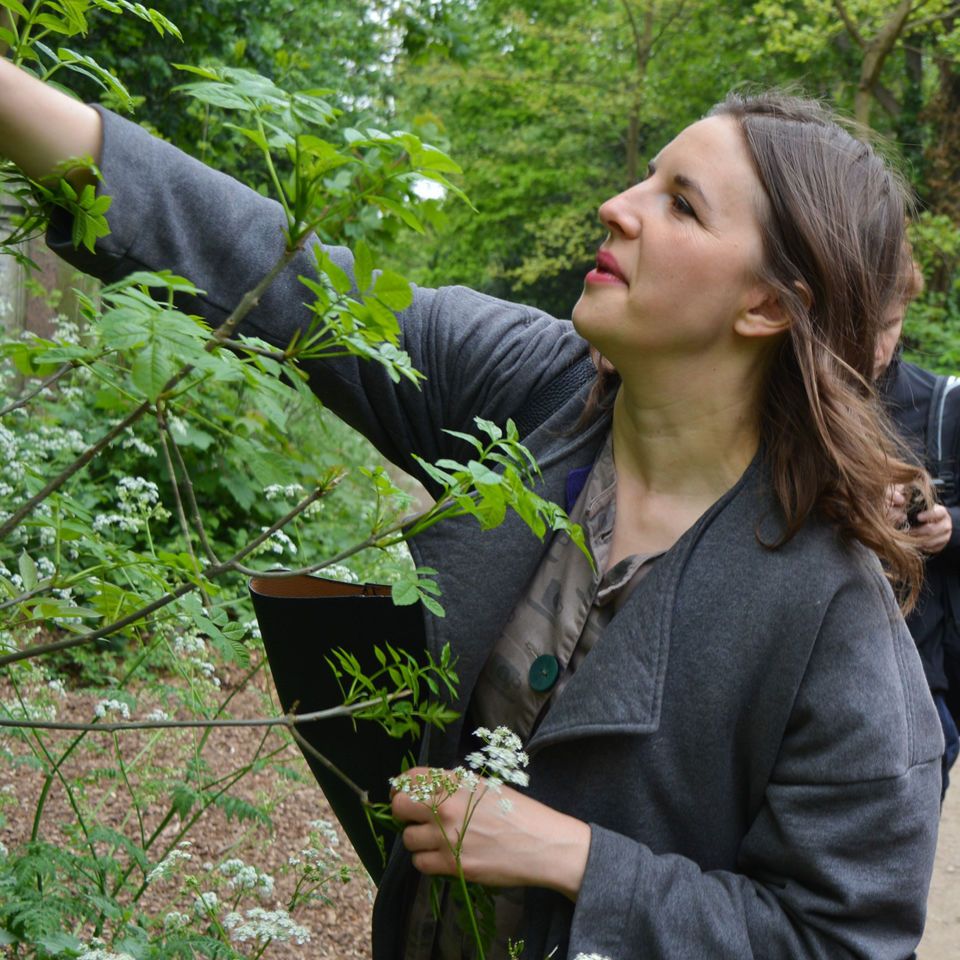
Strolling along the West Dorset coastline, I was keeping a sharp eye on the hedgerows for the first lacy blooms of elderflower. Late spring is one of the most glorious moments in the foraging calendar. The year starts with a flush of lush wild greens: wild garlic, nettles, ground elder and jack-by-the-hedge. Green then transforms to fragrant white blossoms, and, as the sun shines brighter, its warmth ripens these flowers into delicious fruits and nuts.
I always carry a bag to bundle any foraged finds and, as I plucked a few bouquets of sun-kissed elderflower, I spied clusters of over-ripe elderberries dripping from a branch sheltered in a shady nook. It was the perfect picture of seasonal quirks and a beautiful illustration of why I love to forage: it makes you notice the world around you. Foraging lets you leave the challenges of modern life behind, and connects you back to nature. It’s mindfulness at its best.
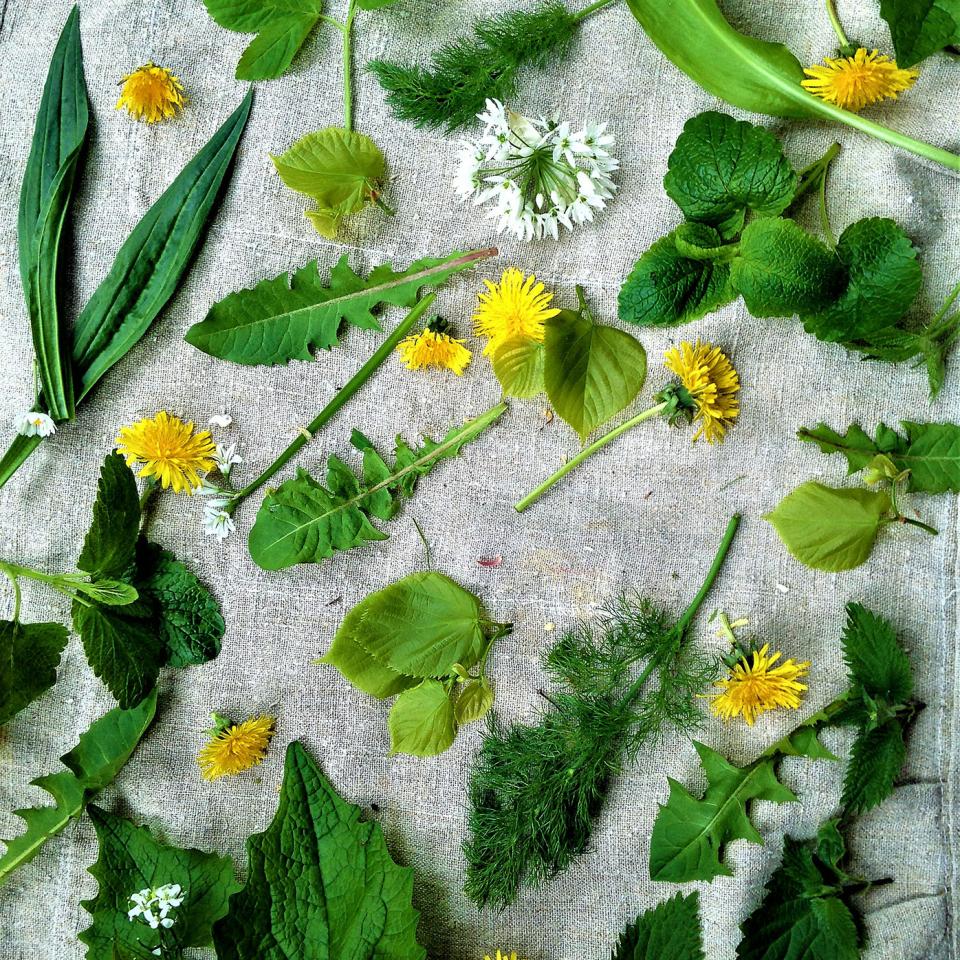
It’s no surprise, then, that in the past decade, foraging has made a comeback. While there are no official figures available, the number of foraging experts and courses across the country is testament to the fact that wild food is on trend. With celebrity chefs and famous foodies promoting the virtues of locally sourced, wild ingredients, it’s a trend that’s unlikely to go away.
Beyond the call to nature, foraging also opens the door to so many new and exotic flavours. Alexander seeds taste like frankincense, black pepper and nutmeg all bundled into one. They are beautiful rubbed into beef with fresh bay leaves, or used to fragrance an apple chutney. Sea buckthorn is like a cross between passion fruit and rosehips with a salty edge, as it’s often found along coastal paths. It makes a phenomenal sorbet.
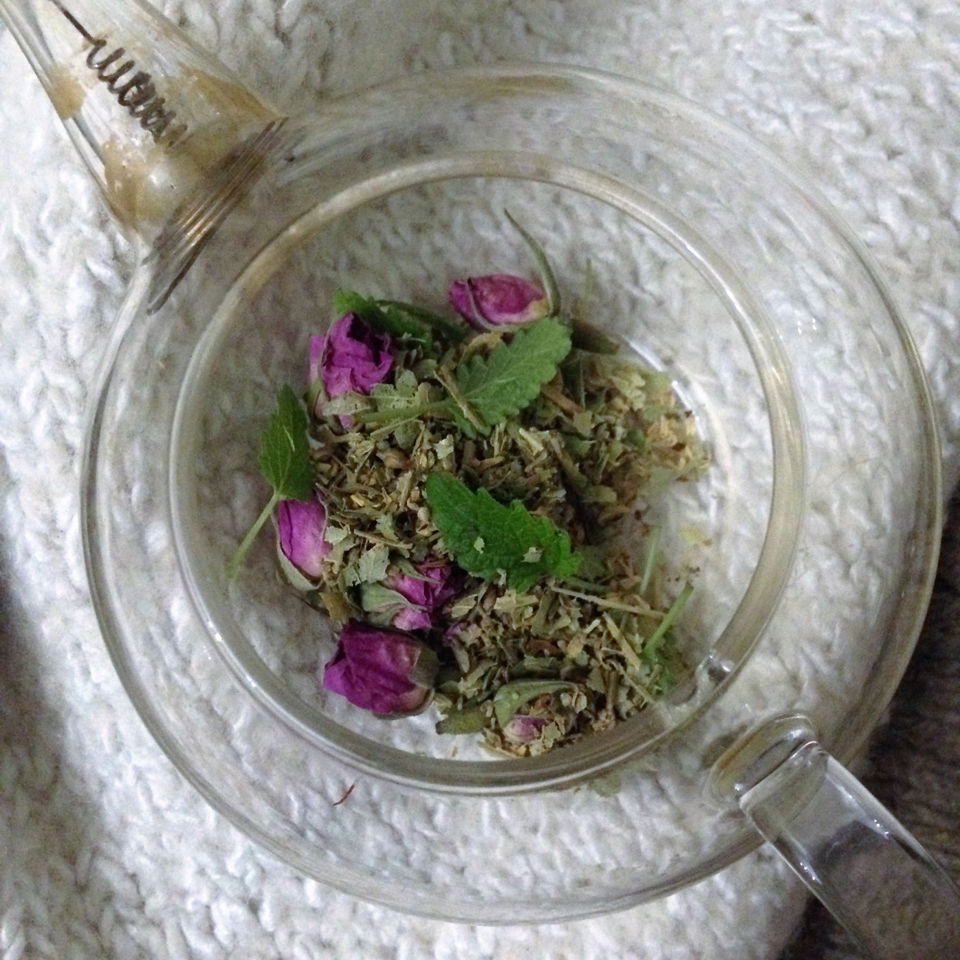
You can forage year-round, but spring brings a great bounty and is the best time for beginners to get started, as the lush growth of summer is yet to begin and there are plenty of easily identifiable plants around.
You can forage anywhere and everywhere – just bear in mind that while foraging in public spaces and footpaths is perfectly legal, you must ask the permission of the owner on private land. I gather wild food pretty much every day; the streets leading from my house to my son’s school are lined with cherry trees and elder. My local park nurtures a bounty of wild greens such as jack-by-the-hedge, mallow, wild rocket, ground elder, fat hen, yarrow and ribwort plantain. Coastal Britain abounds with edible delights. I often make special trips to Whitstable in early autumn to stroll along the coast in search of wild fennel and alexanders seeds. In late spring, I love to gather flowering sea kale, sea beet and, of course, various shades of seaweed. You often find wild nasturtiums growing through cliff-side rocks, too.
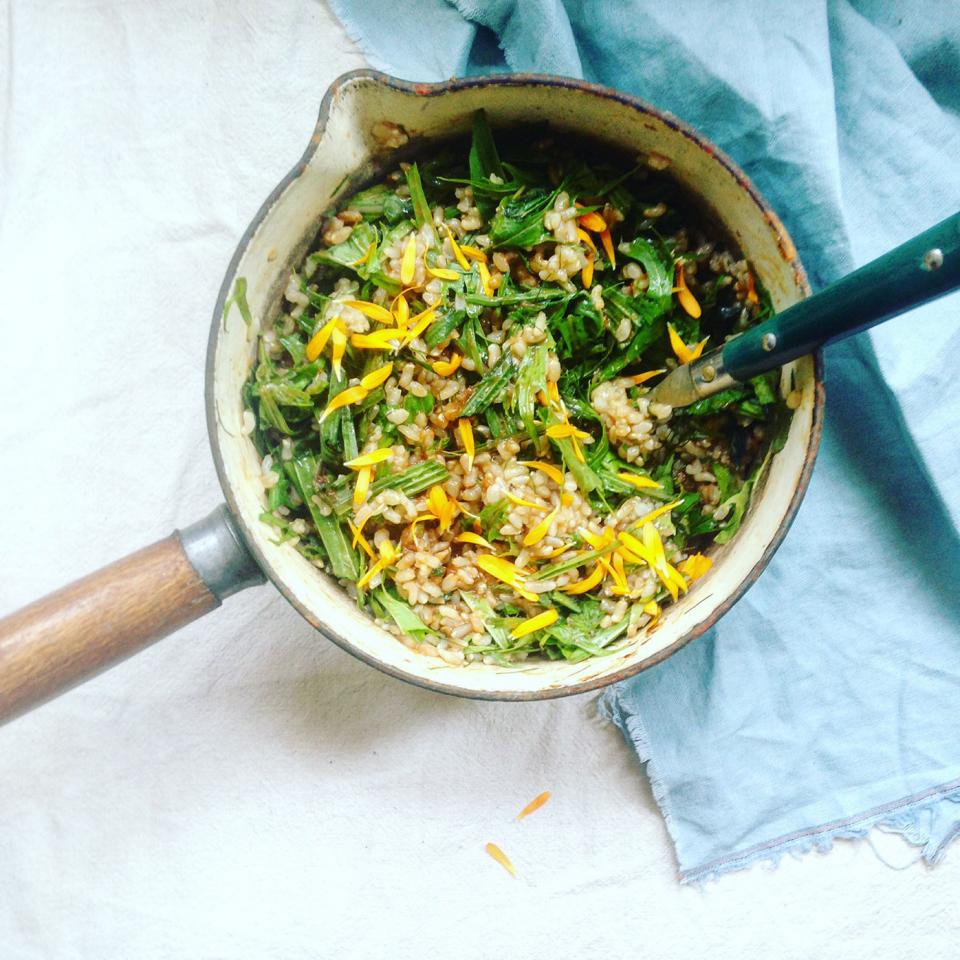
Back inland, tucked in the shade of the woods, is a surprising feast. Look up and you’ll see hazelnuts, walnuts and chestnuts hidden in the canopies. Growing beneath trees and up the trunks are mushrooms, nettles and wild garlic. Stroll along a disused railway line and you’ll be bowled over with the bounty of orchard fruits you’ll find. In Dorset, there’s an old railway path that runs from West Bay to Bridport and you can fill a sack with damsons, apples, blackberries, golden Mirabelle plums and rosehips.
One of the best ways to get started is to go on a guided foraging walk. Head to foragers-association.org.uk for more information on local guides, or just google foraging walks in your area. When you’re a beginner, it’s a good idea to have an expert on hand to help you master plant identification (see over the page for our top five plants to forage this spring). Once you’re feeling confident, you’ll be surprised how many wild things you have growing (quite literally) in your own backyard. Last summer in a friend’s garden, we found salad burnet (a beautiful leaf with a cucumber-like flavour), ribwort plantain (which has little seeds that taste like cobnuts), wild strawberries, pink elderflower and wild oregano.
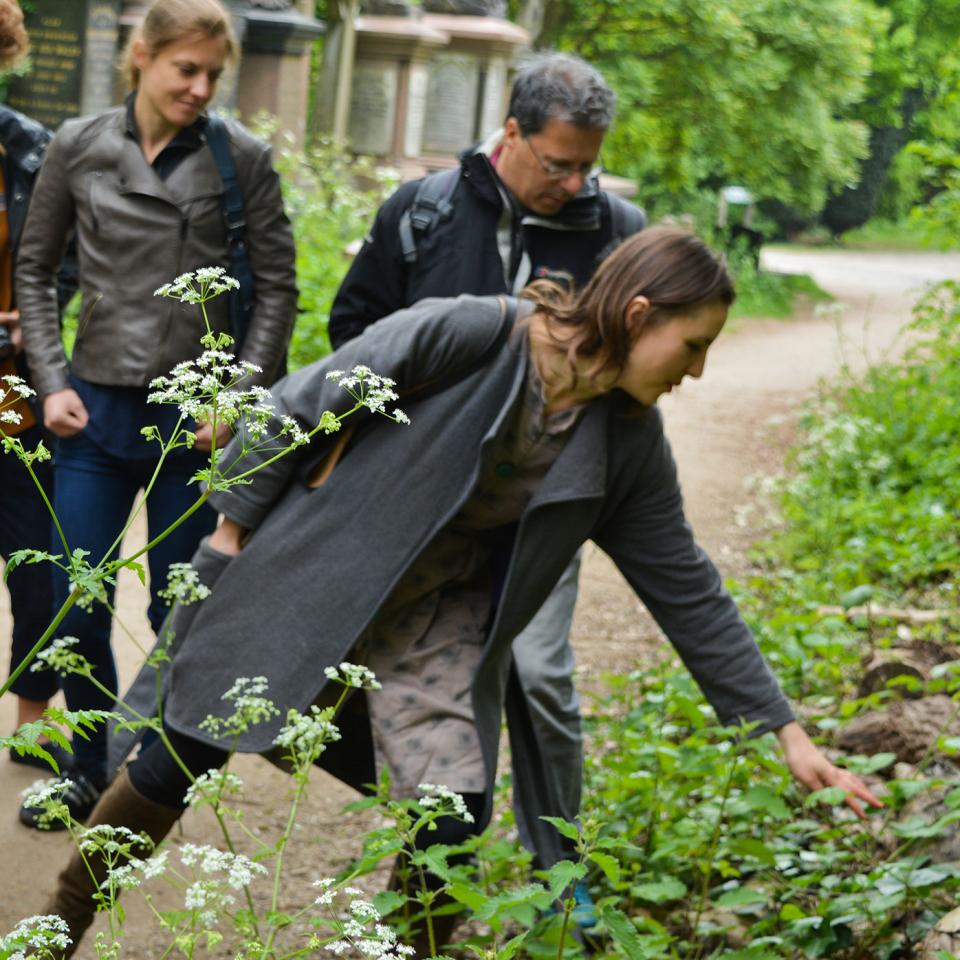
Beyond familiar ground, care needs to be taken when gathering wild food. It’s vital not to pick too much. My rule is never to gather more than a quarter of what’s available. The idea is not only to leave enough for others to enjoy – wildlife included – but also to ensure that the plant is able to reproduce. It’s also important to ensure the ground you’re gathering from is not contaminated or hasn’t been sprayed with chemicals like herbicides. Some local parks spray along the paths to keep the weeds back so this is something to consider; the best way to navigate this is to build a good relationship with the park’s ‘Friends Of’ group, and the local council.
Given the perfect storm of ecological and social crises we face, humanity needs to – urgently and radically – examine its relationship to food. Stepping into the fresh air to gather something for dinner is one of the most natural, invigorating, delicious and nutritious things we can do. And once you know what to look for, you’ll find that wild food is growing all around you.
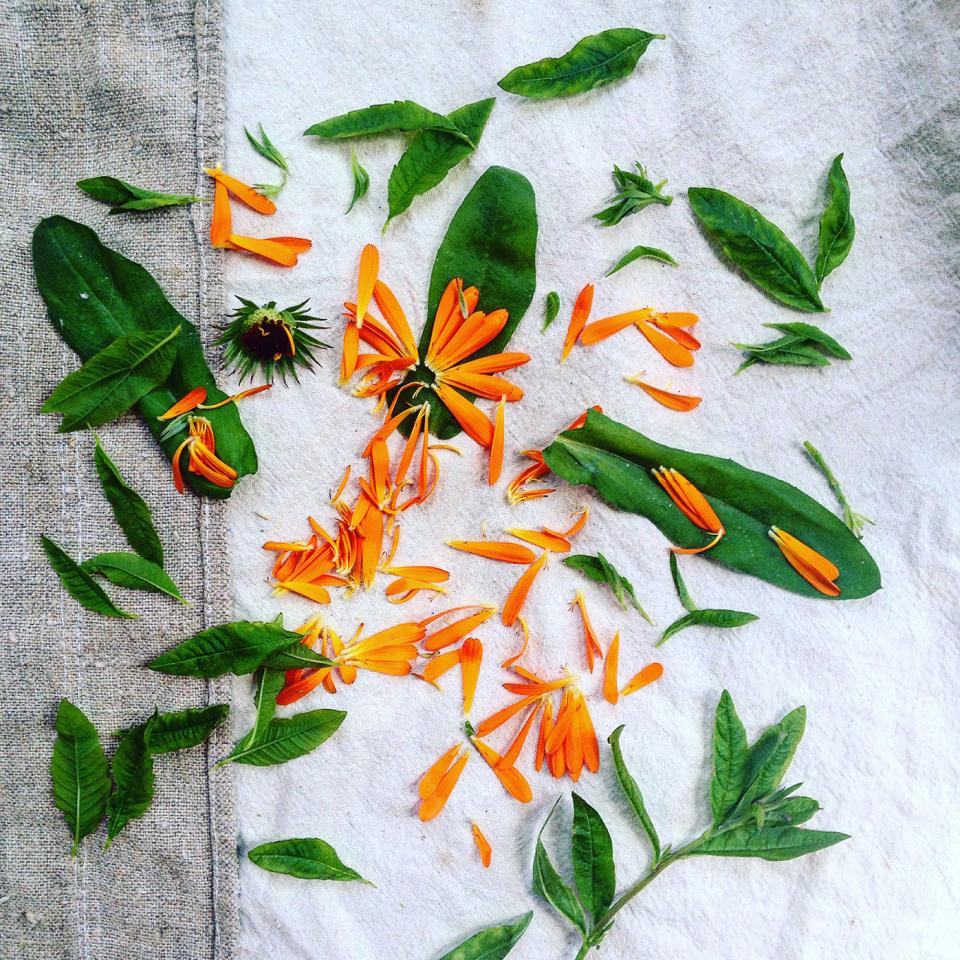
Your foraging kit
- A kitchen knife
- Scissors
- Waterproof clothing
- Bags to haul your foraged finds home
- Gardening gloves
- A small trowel or spoon for digging
- A mini first-aid kit
- Identification guide
- Clean, empty yoghurt pots for storing berries to avoid damage

